Filter coffee: Where is it most popular?
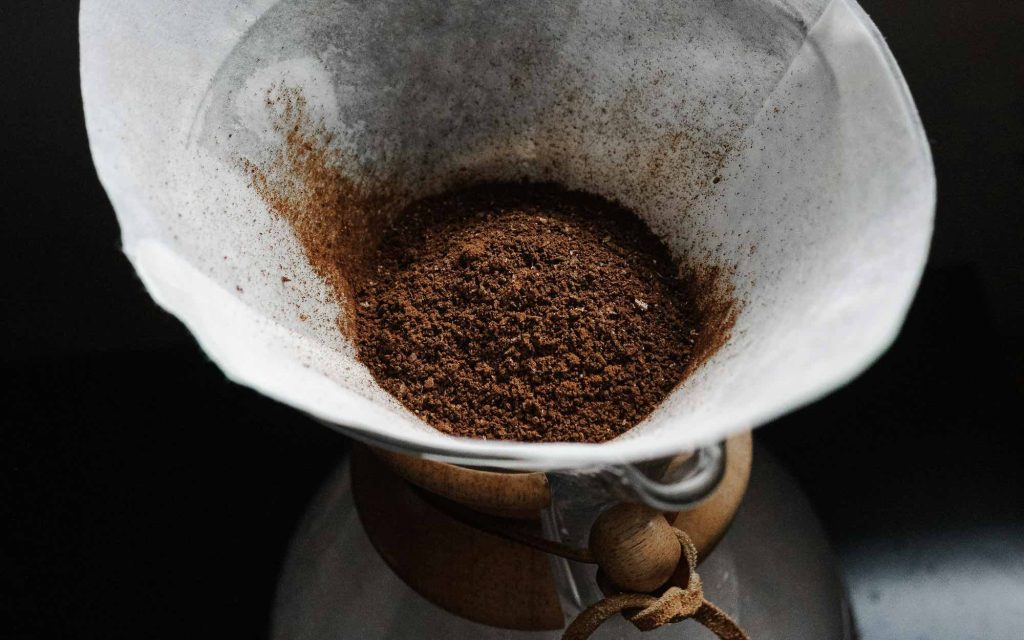
The satisfaction of drinking a well-prepared cup of filter coffee is an experience many of us – coffee enthusiasts and professionals alike – understand. Whether you opt for batch brew or pour over, appreciating a mug of fresh filter coffee (with or without milk, depending on your preference) can be one of life’s simple pleasures.
But although people the world over enjoy coffee, the preferred brew method certainly varies from country to country. While Scandinavia, North America, and Japan are known for their love of filter coffee, some European countries (especially Italy) drink much more espresso. Simultaneously, many people in coffee-producing regions continue to brew coffee in more traditional ways.
Ultimately, it appears to boil down to cultural preferences and different customs. So where is filter coffee the most popular and could this ever change in the coming years?
To find out more, I spoke to Professor Jonathan Morris, author of Coffee: A Global History and co-host of the History of Coffee podcast, and Peter Giuliano, Executive Director at Coffee Science Foundation.
You may also like our article on why the US loves filter coffee.
A history of filter coffee
Brewed, drip, batch brew – all terms we can use interchangeably with filter coffee.
Peter Giuliano is the Executive Director of the Coffee Science Foundation – an organisation which serves as the research arm of the Specialty Coffee Association. He tells me that the term “filter coffee” didn’t become popular until about ten years ago, largely driven by the growing specialty coffee market.
As well as being a podcast host and author, Professor Jonathan Morris is a Research Professor in Modern European History at the University of Hertfordshire – and is also known as “the coffee historian”.
“Filter coffee belongs to the percolation brewing method category,” he says. “This is when hot water passes through a bed of ground coffee, which is primarily a 19th century innovation.”
In fact, percolation was the preferred brewing method across almost all of Europe between the late 18th and 19th centuries – before the invention of the first espresso machine, of course.
There are some key differences between percolation and filter brewing methods, however:
Percolation: coffee is brewed by continuously heating or boiling water through coffee grounds using gravity
The grounds are usually added to a perforated metal filter basket to keep them separate from the water
Filter: fresh water passes through a bed of ground coffee
Different types of filters (whether paper, metal, or cloth) keep the grounds separate from the water
Filter coffee around the world
In his book All About Coffee, William H. Ukers describes the method of brewing coffee in France at the turn of the 20th century as: “prepared by the drip, or true percolator method”. Ukers also describes the “drip” method as the preferred way to prepare coffee in Austria, the Netherlands, Germany, the UK, and even Italy at the time.
It was, however, with the invention of the first-ever commercially available paper filters that filter coffee (as we would describe it today) really started to take off across the world. In 1908, German entrepreneur Amalie Auguste Melitta Bentz tried to brew coffee using a brass pot (with a few holes punched through) and some blotting paper to separate the grounds from the extracted coffee.
The result was a much cleaner and brighter tasting coffee. And so, the modern day filter brewing method was born. Since then, different countries have developed their own take on filter coffee.
So where is filter coffee the most popular?
At a quick glance, it’s very easy to see which countries drink the most filter coffee.
One of the most obvious is the US. Research from the National Coffee Association shows that filter coffee was the number-one preparation method in the country in 2023, with 41% of “past-day” consumers using filter coffee brewers.
Filter coffee is also popular both in and out of home in the US. Following the immense rise in popularity of automated home filter machines in the 1970s, it’s fair to assume that most US households today own one.
Another obvious choice is Scandinavia. In the 1900s, there was an alcohol prohibition in Norway – in addition to high taxes on alcoholic beverages in other Scandinavian countries – which led many people to start drinking more coffee.
Kokekaffe became a popular traditional full immersion brewing method in the region – and even has its own world championship. And since the explosive growth of influential Scandinavian specialty coffee roasters, an overwhelming preference for lighter roast profiles has kept filter brewing methods on top.
Japanese consumers also tend to opt for filter coffee over other brewing methods. This is largely the result of kissatens (art deco-style coffee shops) opening in the country in the early 1900s. These places had – and still continue to have – a more stripped back approach by focusing solely on serving black hand-poured filter coffee and tea.
Other countries
Although we tend to think of the US, Scandinavia, and Japan as the biggest filter coffee consumers, there are other parts of the world where consumers prefer variations of this brewing method – mostly because of local customs and traditions of preparing coffee.
Indian filter coffee (or filter kaapi), for example, is made using a cylindrical metal brewer and filter. As this drink traditionally contains a small amount of chicory, many people add milk, sugar, or honey to sweeten it.
Across Latin America, there are many traditional filter brewing methods, including:
The café chorreado in Costa Rica – a wooden brewing device (known as a chorreador) used with cloth bolsita filters
The Mexican cafetera – a stovetop brewer similar to a Moka pot
Café de olla – a brewing method used by indigenous communities for centuries, where ground coffee is steeped in a clay pot
Similarly, some African countries have their own traditional takes on filter coffee. One example is Touba coffee (or Sufi coffee), which is prepared similarly to pour over using cloth filters. The drink is common in Senegal and other West African countries.
The influence of specialty coffee
Like any brewing method, specialty coffee has had – and continues to have – a huge impact on filter coffee. By balancing the craft and skill of preparing coffee with the exact science of tightly controlling extraction variables, the specialty coffee industry has helped elevate filter coffee to a whole new level.
Pioneering manual brewing devices like the Chemex, Hario V60, Kalita Wave, and AeroPress have all inspired both baristas and home brewers to experiment with different ways of making filter coffee. By changing an ever growing range of variables – such as grind size, brew temperature, and pour technique – we’re able to experience the full spectrum of a coffee’s flavour profile.
Moreover, with the design, shape, and material of manual brewers always changing, filter brewing methods will continue to evolve, too. For instance, a brewer’s ridge or groove design (as well as the number of ridges it has) will significantly impact flow rate, which has a drastic impact on the final cup profile.
Automation, however, is one of the defining factors in the future of filter coffee – particularly for pour over brewing. As more and more coffee shops have started to leverage the power of automation to serve filter coffee, consistency and quality keep on increasing.
The espresso-filter divide continues
Filter coffee definitely isn’t going anywhere, especially in certain countries where it’s by far the most popular brewing method. In some parts of the world, however, other ways to prepare coffee are much more common – and likely will be for the foreseeable future.
There have been many novel inventions in the global coffee industry, but arguably none are as pioneering as the espresso machine. A few decades after the first patent for a prototype espresso machine was filed in 1884, the machines became incredibly popular in Italian coffee houses – and further afield across Europe in the ensuing decades.
Today, it’s still difficult to find a restaurant or café (besides specialty coffee shops) serving filter coffee in countries like Italy or Spain – and would likely receive an americano instead.
Traditional brewing methods
But beyond espresso, other ways of preparing coffee in certain countries are also unlikely to go out of fashion any time soon. Turkish and Arabic coffee, for instance, are a staple of many countries in the Middle East, as well as some in Eastern Europe.
Peter ultimately believes that filter coffee is unlikely to replace other brewing methods outright, but will possibly encourage people to embrace other ways to make coffee.
“Different filter brewing methods create a lot of interest in and bring new vibrancy to the specialty coffee movement,” he concludes.
Filter will always remain one of the most beloved ways to prepare and drink coffee. At the same time, however, cultural traditions and differences still play an important role in coffee consumption.
So while filter methods will remain the most popular in certain countries, other regions will still gravitate towards more traditional ways of making coffee.
Enjoyed this? Then read our article on which filter brewing method is best for you.
Perfect Daily Grind
Want to read more articles like this? Sign up for our newsletter!
The post Filter coffee: Where is it most popular? appeared first on Perfect Daily Grind.
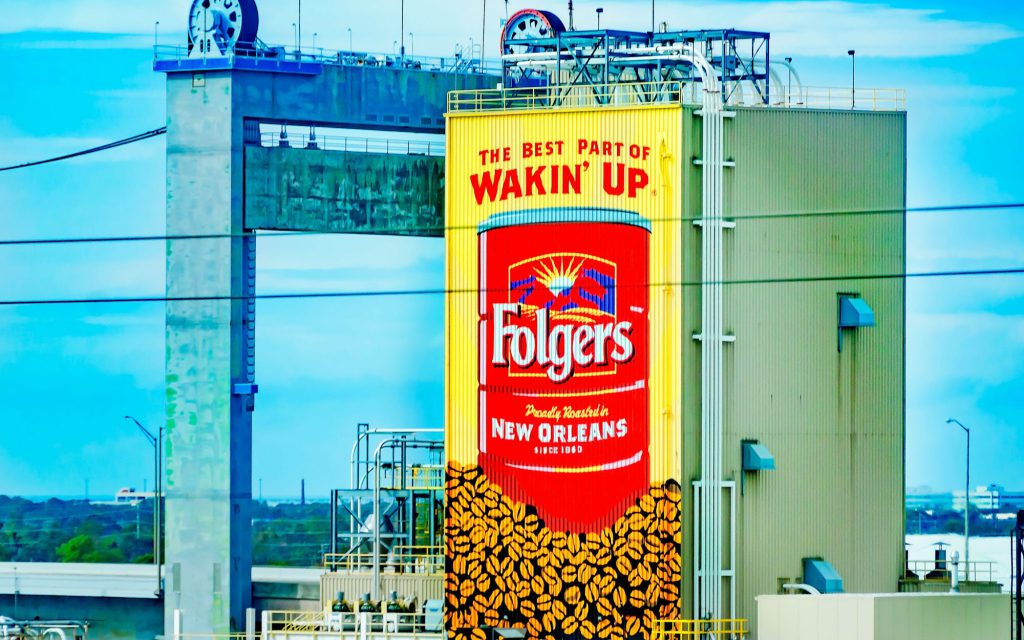
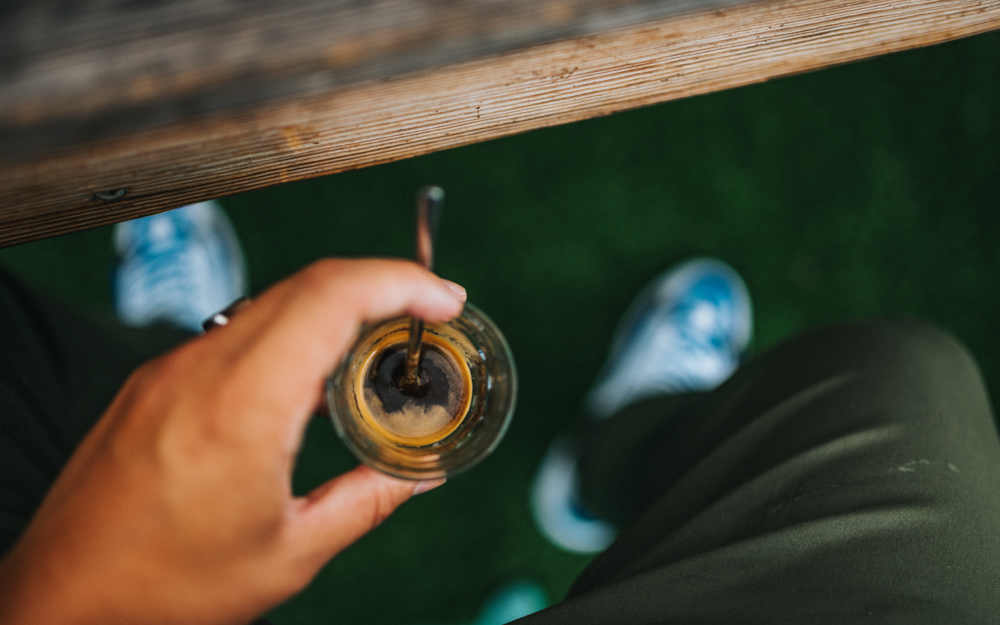
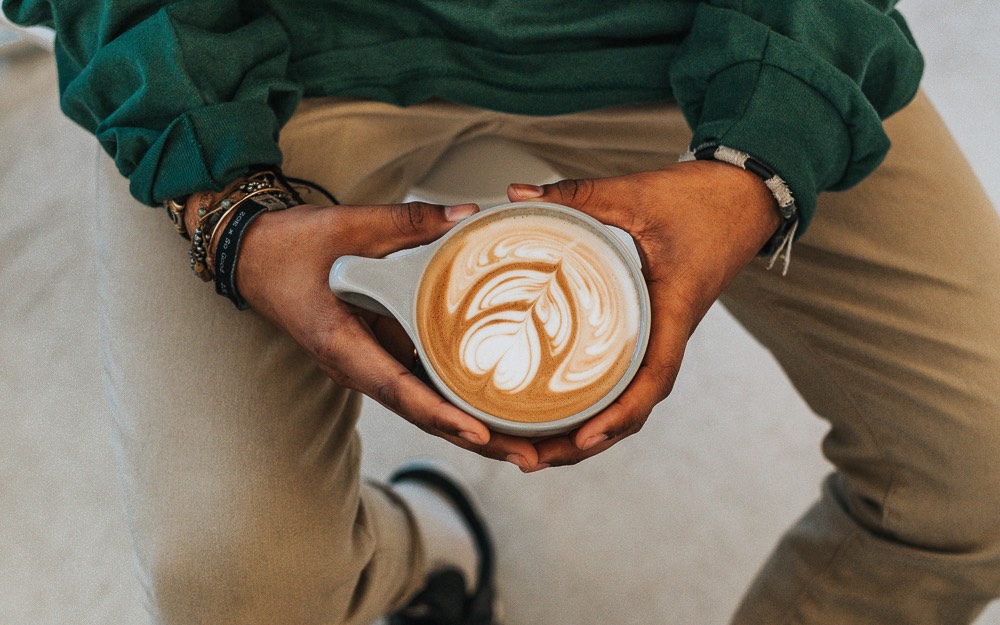
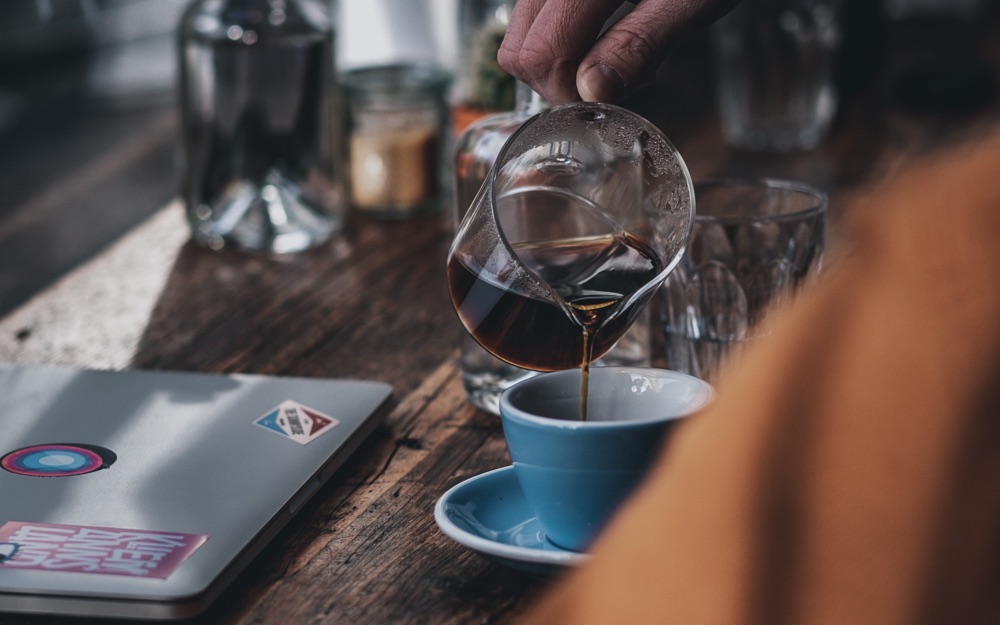
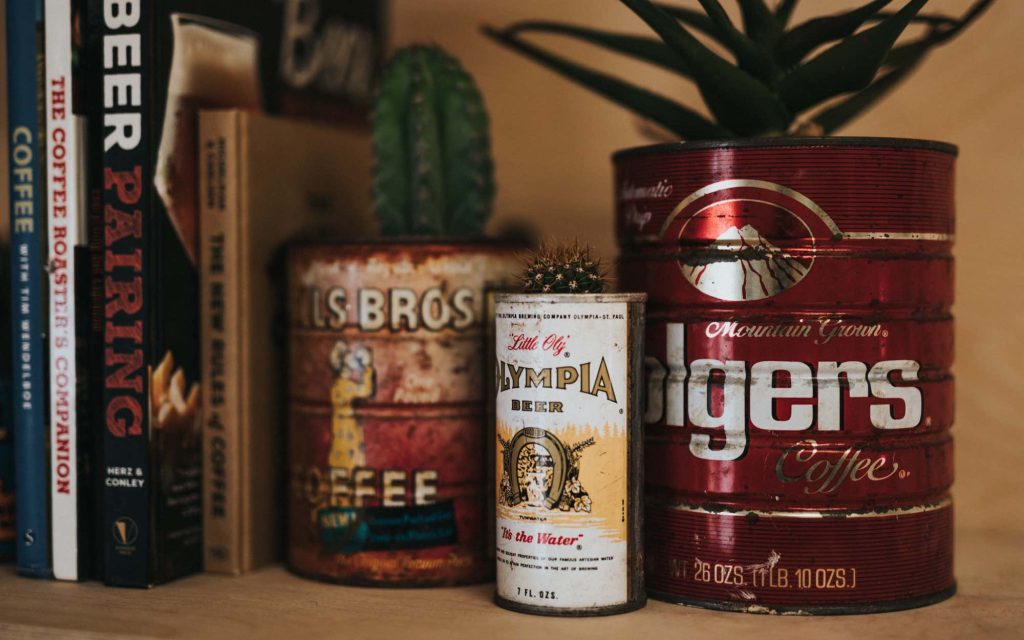
Responses